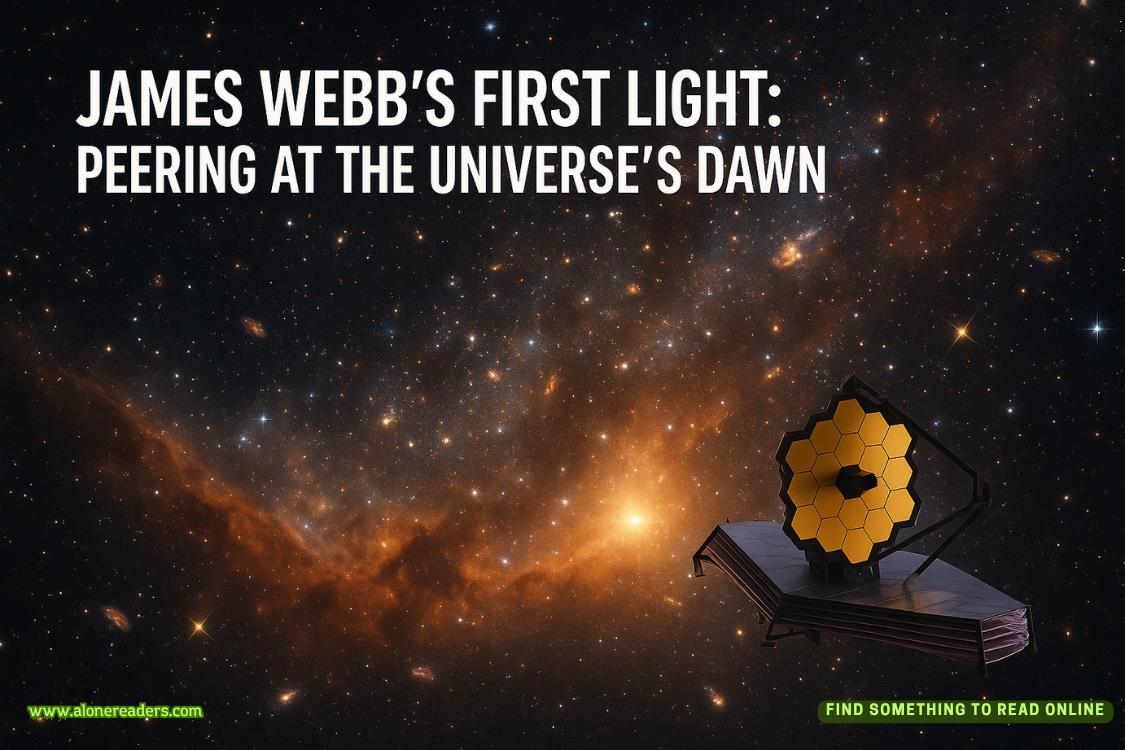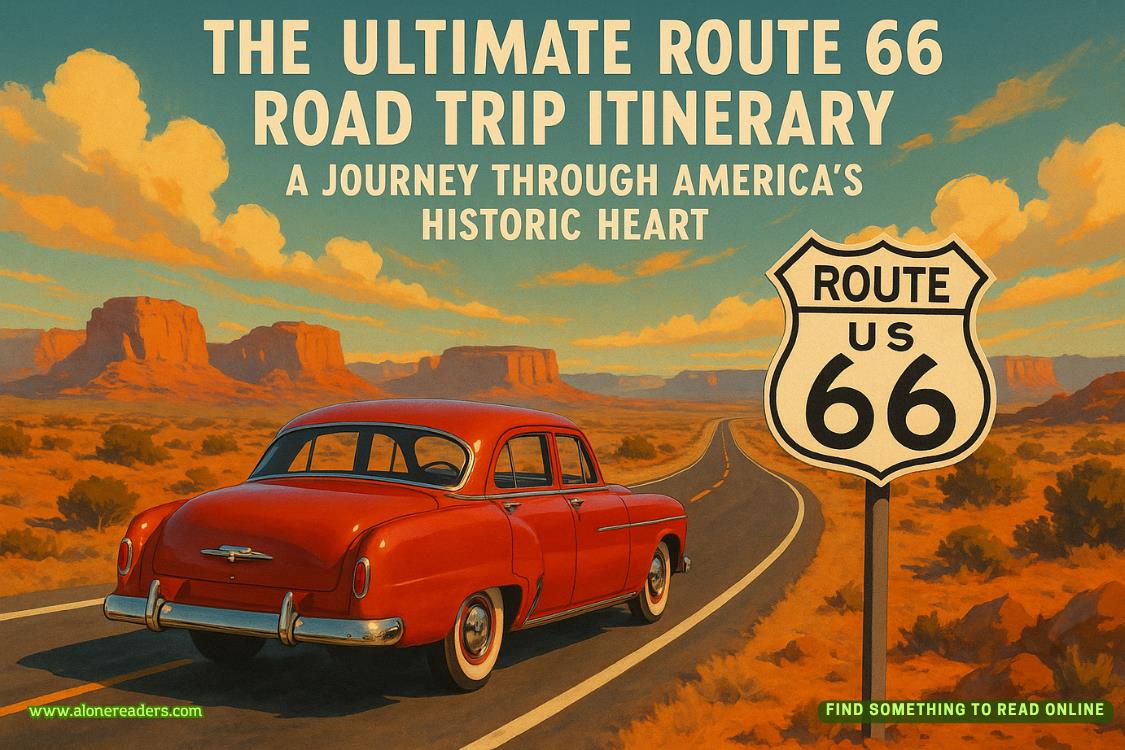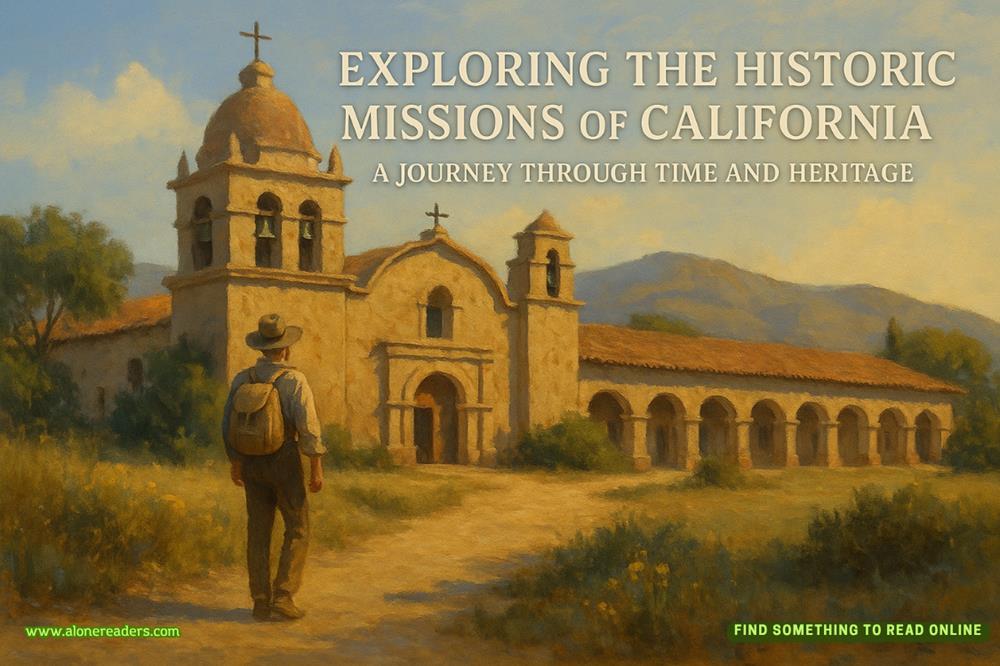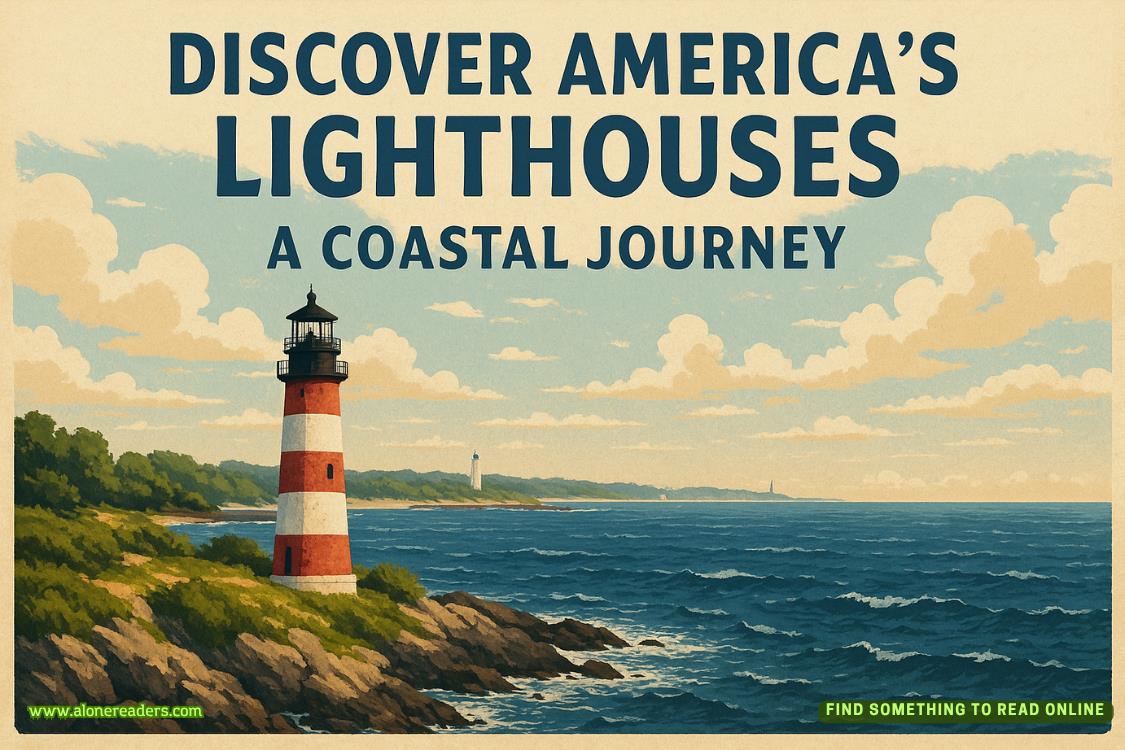Page 11 of Sinistram
“Mine monsters?” Donny sounded intrigued. Demon crunched kibble in his dish and slurped water, then curled up under the table.
“We’re not completely sure what’s going on,” Travis admitted. “But it’s another location where the ghosts from a long-ago tragedy are suddenly attacking people. Until we figure out how to stop the haunts from juicing up, we have to deal with the effects instead of the cause.”
“What kind of mines?” Mark caught the end of the comment as he walked into the kitchen.
“Mostly coal mines. Old ones from the turn of the last century,” Travis replied.
Mark grinned. “If you can spare the morning, I have some guys you need to meet. They know everything there is to know about those old mines, and they might have some insight into the ghosts and monsters, too.”
Brent and Travis exchanged a glance. “Sure,” Brent replied. “Although it’s a kind of random specialty.”
“Not to these guys,” Mark replied. “And if we’re lucky, we can also score a pretty damn good lunch to send you on your way.”
“Are you going to fill us in?” Travis asked.
Mark’s grin grew broader. “Nope. Don’t worry. It’s a good kind of surprise. Something to look forward to.” He turned to Donny. “You okay here with Demon until I get back?”
“Sure. Take your time. We’ll be here,” Donny said.
Brent and Travis piled into Mark’s pickup and headed out.
“Tell me about these mines,” Mark said.
“The whole Pittsburgh area is like an ant hill of abandoned mine tunnels, mostly from the coal days back in the late 1800s,” Travis said. “Some are mapped, most aren’t. The companiesmerged, got bought, or went out of business, and lots of records got lost. It was dangerous work, and lots of men died.”
“But there were some disasters that stood out, even with that,” Brent jumped in. “The Darr Mine was the big one.” He filled Mark in on the information Travis had shared just the day before. “The Mammoth Mine was also really bad, and the Naomi Mine disaster wasn’t as large a death toll, but it’s in the same local area.”
“People still tell stories about the explosions, the men who died, how the companies covered up their safety failures,” Travis added. “And there have been legend trippers who went looking for the mine openings, although they’ve been relatively well sealed for decades. But lately, the stories changed.
“People started hearing screams from where the old mines were, and seeing ghosts in the woods and along the roads nearby, men in old-time clothing like they’re hitching a ride home,” Travis went on. “Plus reports of loud knocking sounds coming from inside the mines.”
“Odd, given how long ago the disasters happened and that there wasn’t a big anniversary of the incident or someone trying to redevelop either the mines or the land around them,” Brent added.
“But in the last month, there’ve been deaths,” Brent continued. “That’s a new twist. Local deer hunters, hikers, and urban explorers were all found dead near the mine sites, and they all died from firedamp.”
Mark frowned. “I don’t know what that is.”
“Methane,” Brent said. “It occurs naturally in coal mines, and one danger is that it’s explosive. But if people breathe it in, they asphyxiate. And the recent deaths were all people who had methane in their lungs, but hadn’t broken the sealed openings to the mine entrances.”
“Does methane like that show up anywhere else?” Mark asked.
“Tunnels and marshes in a coal-heavy area, but that’s much less often than in mines,” Travis replied. “And there weren’t any open tunnels or nearby marshes where the dead men were found.”
“What did the cops say?” Mark took a gulp of his coffee from his travel mug.
“Not much,” Travis replied. “They chalked it up to people fooling around with dangerous inhalants, although I’ve never heard of anyone sniffing methane for a high. One of the reports blamed local pollution. Combined with the screams and the ghost sightings, it seems more likely that we’ve got some dormant hauntings that suddenly turned ugly. But it’s hard to shut down a haunt when you don’t know what’s feeding it energy.”
Mark didn’t drive far before he pulled into the dirt driveway of a fairground. “We’re here,” he proclaimed as they drove under a banner that read, “Old Timers’ Steam and Gas Engine Show.”
“An engine show?” Travis sounded perplexed.
They hadn’t even paid their entrance fee yet, and Brent could hear the loud chugging noises and smell the smoke that hung like a cloud over the property. As they drove toward the parking area, he saw signs pointing toward a frontier village, as well as posters advertising food, a swap meet, craft and engine demonstrations, and live music.
“These engines date from the same time as your mine disasters,” Mark told them as they got out of the truck and walked toward the main attraction, rows upon rows of huge old machines. Most of the engines were the size of modern cars or larger. Made of solid steel and cast iron, they were impressive workhorses with flywheels as tall as Travis.
Mixed among the gigantic engines were vintage tractors and farm equipment as well as horse-drawn wagons. A sign gave times for upcoming horse-powered tractor pulls. Older men in trucker caps and bib overalls talked to visitors, animatedly explaining the equipment.
“Those old coal mines used engines like these for all kinds of tasks.” Mark led them into the main exhibit area, which had already drawn a crowd despite the early hour. “And the guys who collect this stuff are true historians. They know everything there is to know about the type of engine they collect, but also about where particular pieces came from and how they were used.”















